Damp can occur in many different places in the home, there are many causes of damp but there are also many ways to spot and detect it before it turns into a bigger problem. Here’s how to identify if a damp issue is developing in your home that requires assistance from a damp specialist in Glasgow.
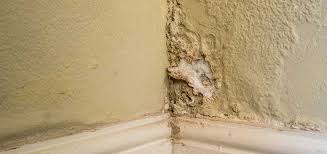
How to Tell If You Have a Damp Problem
Damp can appear in many different places in the home, here is how to spot a damp problem in different areas in your home;
Walls
Walls are most associated with damp problems. To tell if you have damp touch the wall, if it’s damp and cold, then you may have issues. Also, keep a lookout for any signs of mould or fungal growth as this is an obvious sign that you may need a damp specialist in Glasgow. The mould/fungus can be identified by black freckled marks or grey growths on walls that are painted, wallpapered or on the woodwork. If the paint is flaking and the wallpaper is curling and peeling off, then this is also a clear sign of a damp issue.
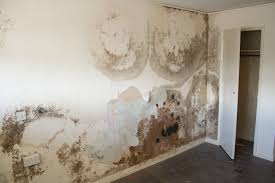
Ceilings
Ceilings that are discoloured or stained are, usually with brown patches in the external corners/near chimney breasts can be a clear indication of damp. Also look out for visible mould.
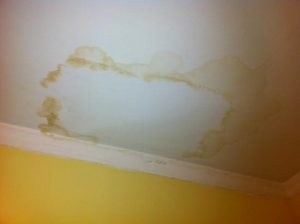
Windows
A lot of condensation on your windows in the morning and small puddles of water on the windowsill can be signs that your home has high levels of moisture in your home. This can either be a cause or a symptom of damp so if you’re experiencing this call a damp specialist in Glasgow to take a look and help determine the problem.
It is also possible to black mould to form on wooden and PVC window frames, as well as on the silicon sealant that is used around the frames edges.
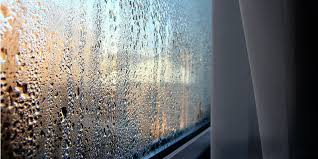
Bathrooms and Kitchens
Grouting and sealant should be checked for black mould, as well as around the window frames and on ceilings. Also, ensure you look in cabinets and cupboards to check for staining and mould. If you notice particularly musty smells, then this may also be a sign of damp.
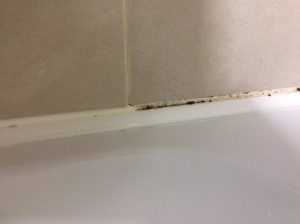
Furniture and Soft Furnishings
Black mould can grow on many types of furniture as well as soft furnishings. Curtains, blinds and upholstered chairs and sofas etc. can all develop mould. To check for mould, look at the back of furniture for mould and look out for cloudy condensation on wood and plastic within the rooms.
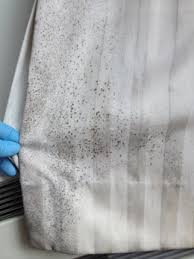
Basements and Unheated Storage Spaces
The first signs that you may be experiencing a problem is a musty, damp smell. Ensure to check the paint and woodwork for staining or mould.
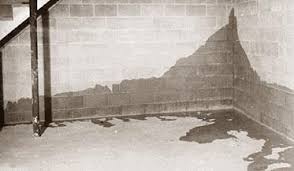
If you think you may have a problem, contact a damp specialist in Glasgow. Damp specialists can identify, cure and prevent common causes of damp within your home.
